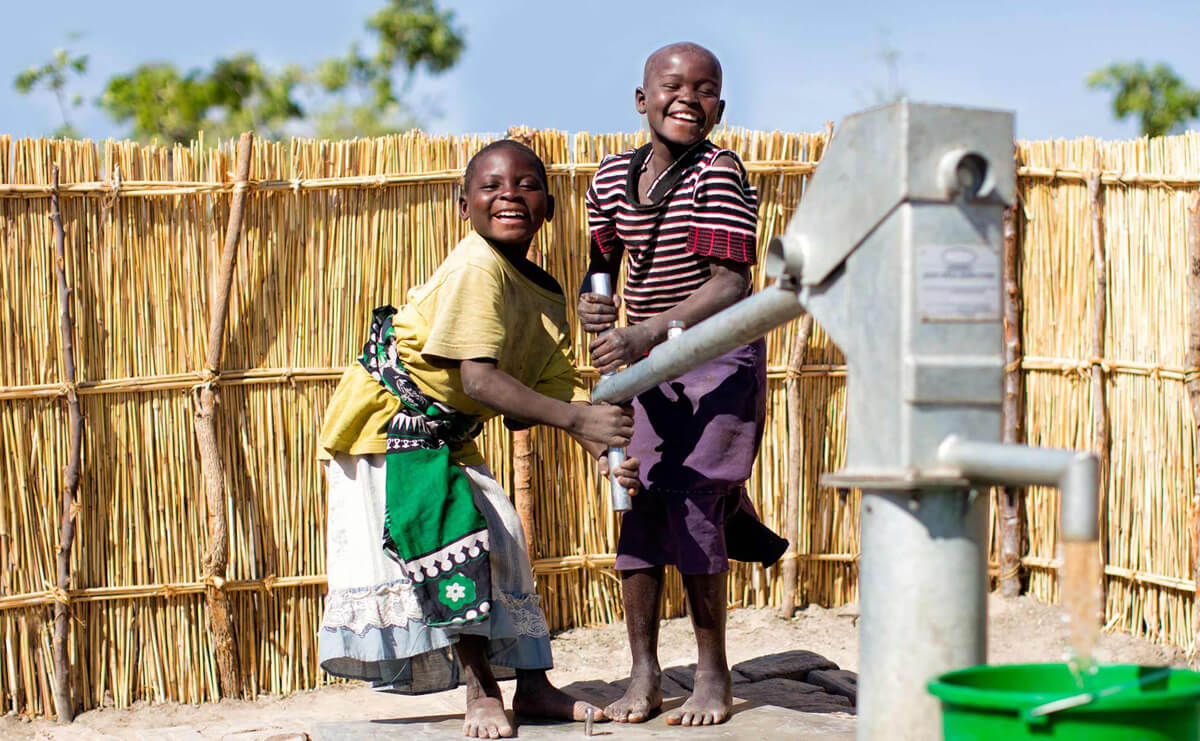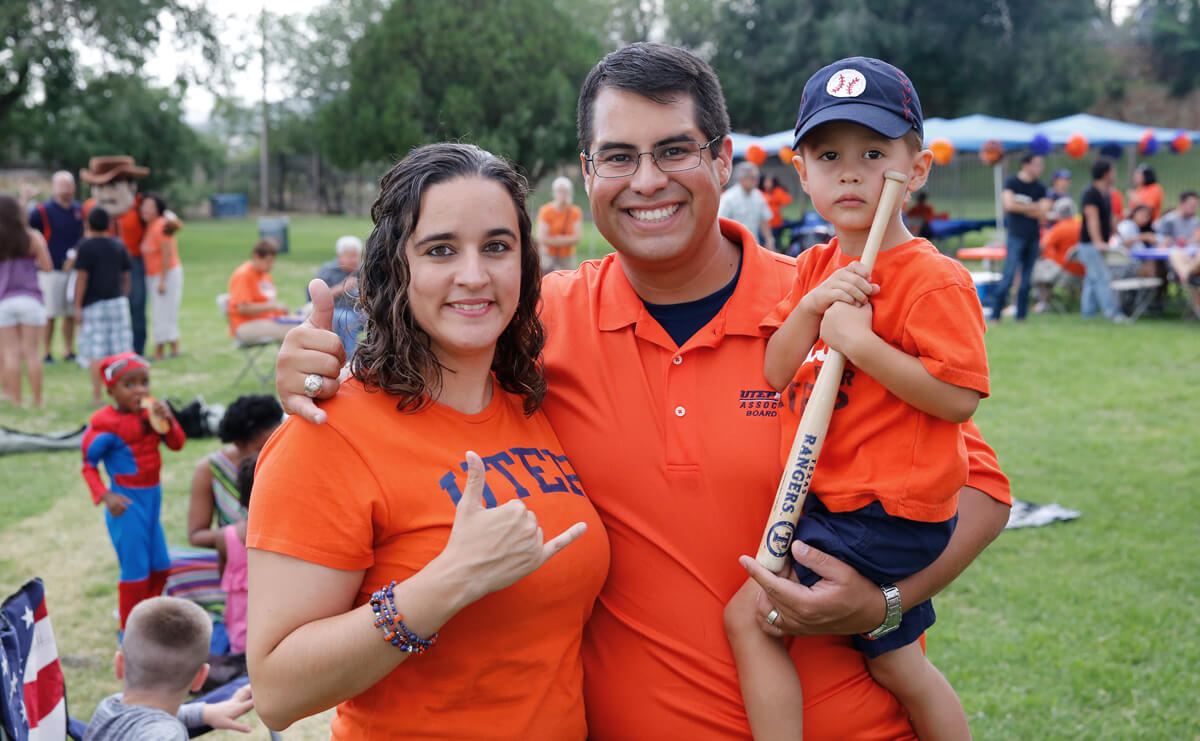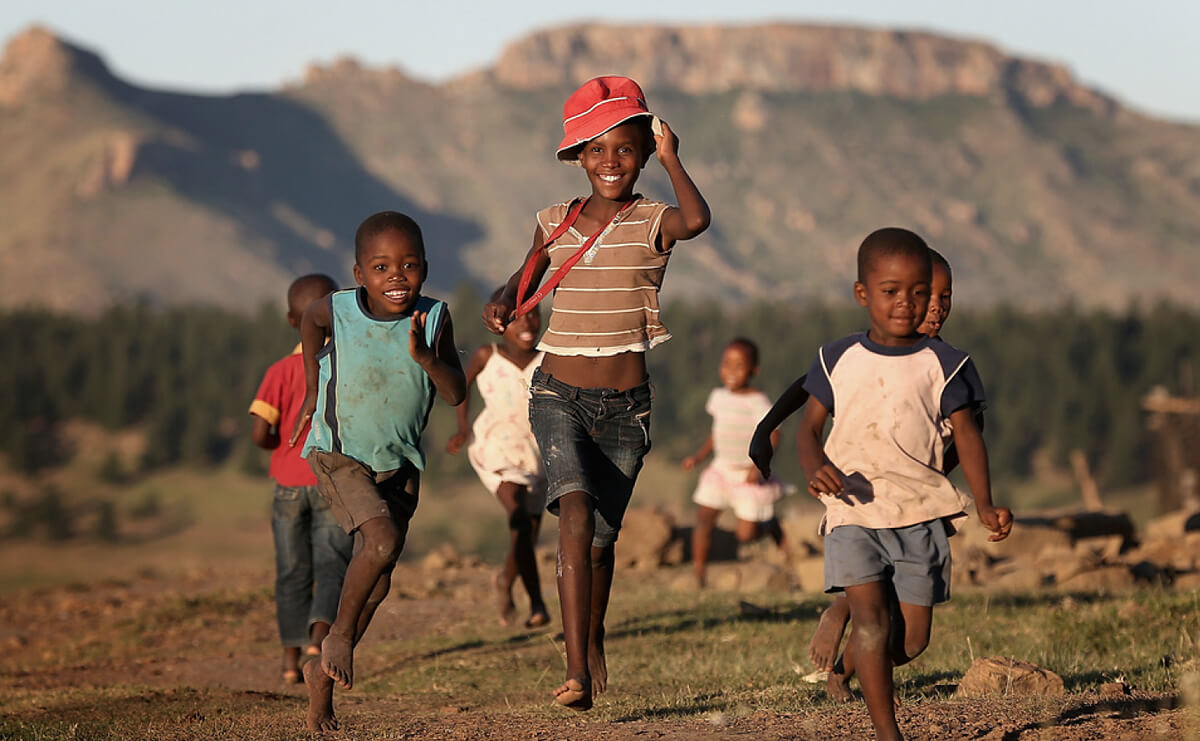The groundbreaking Global Trachoma Mapping Project showed that public health can benefit from technology and standardisation to cut costs and respond to local needs. It’s a data collection model that should be replicated.
Over a billion people across the globe are suffering from neglected tropical diseases like trachoma, river blindness, schistosomiasis and roundworms. Medication is donated by pharmaceutical companies and funds exist for its distribution. But there’s one small hitch – no one knows exactly where to send them. Unlike the data-saturated worlds many of us inhabit, data on neglected tropical diseases has been, until recently, a conspicuous void.
Take trachoma, the disease which the Global Trachoma Mapping Project (GTMP) sought to map over its three-year life. Trachoma is responsible for 3 per cent of the world’s blindness, and is suspected to be endemic in a population of 232 million people worldwide. But the global trachoma community didn’t have trustworthy data on where. To know how to allocate resources the GTMP created a gold standard of mapping – certified ophthalmic health workers examined people in their homes. Results were instantly captured using Android smartphones, the data cleaned and analysed, then reviewed and approved by ministries of health using a secure web-based portal. Capacity building within endemic countries – at unprecedented scale – was a key part of the process. The data were then used by each country to request medication donations and create action plans to control and eliminate trachoma.
Trachoma endemic areas are some of the most remote places on earth – at any one time, mapping teams (over 550 teams were trained) were trekking across mountain ranges in Pakistan, navigating rivers in dug-out canoes in Papua New Guinea and crossing deserts by light aircraft in Sudan. 2.6 million people, representing a total population of 224 million, were examined in 29 countries. That’s an average of one person every 40 seconds. 60 million data points were collected.
So what’s to be learned? That technology and standardisation – of scientific processes, trainings, data cleaning – enables the public health sector to work at unprecedented scale to conduct cost-effective disease surveys.
That cost-effectiveness is key. Baseline mapping with GTMP methods has an estimated total price tag of £16.6 million ($24 million). In other words, the global prevalence of one of the earth’s oldest and most appalling preventable diseases has been mapped for the cost of 75 high-end Ferraris.
Of course it’s not technology and standards alone that account for success of the model. Smart partnerships play an essential role – the scale and reach of the GTMP came through a collective will to succeed which was shared among more than 60 partners including regional health bureaus and ministries of health, funders, academic bodies and international non-governmental organisations.
GTMP epidemiologists and partners helped strengthen public health systems by training eye health workers in trachoma survey methodology, analysis and data management, where applicable, they also supported the publication of trachoma and WASH survey findings in peer-reviewed journals. Mobile phones used by the GTMP have been made available to ministries of health for future disease management programmes. It is estimated a total of approximately 2,500 people worked on GTMP worldwide.
Up next for the collaboration behind the GTMP is an initiative called Tropical Data. Building on the GTMP model, it covers all trachoma related data so that national programs can manage and accurately track their national disease elimination interventions. As the name suggests, Tropical Data will open up its service to other neglected tropical diseases in the coming years, potentially saving billions of dollars on interventions and making elimination of neglected tropical diseases a reality in our lifetime. If the public health community is clever, data collection models like the GTMP’s will be used for much more.
View the interactive feature which used android smartphones to map the world’s leading infectious cause of avoidable blindness.
Sarah Bartlett, a mobile and communications specialist focused on Sub-Saharan Africa, is currently the mHealth (mobile health) advisor for Sightsavers’ neglected tropical disease programmes.





